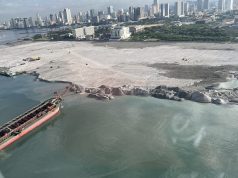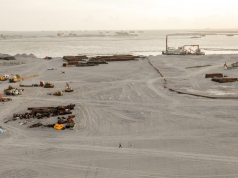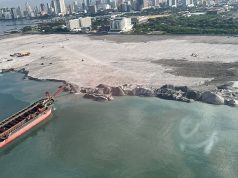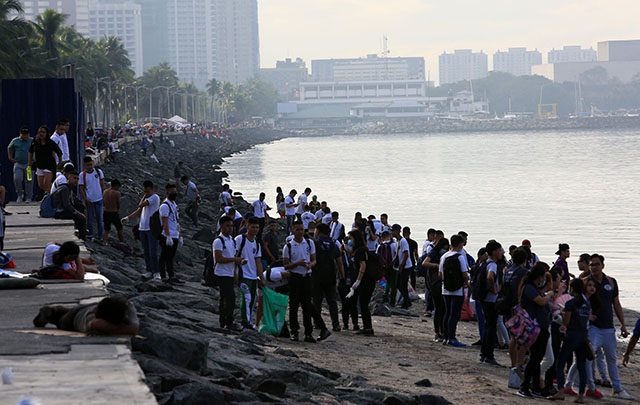
The initial phase of the Manila Bay rehabilitation was praised by Filipinos because of the clutter-free coastline.
The changed environment was a result of the clean-up drive on January 27, 2019 that was participated by different government workers and volunteers in light of the Manila Bay rehabilitation program.
The initiative was referred to as the “Battle for Manila Bay” by Environment Secretary Roy Cimatu, where different government agencies were tasked to immediately oversee the rehabilitation as stated in a Supreme Court order written in 2008.
Agencies involved are the Department of Environment and Natural Resources, the Metropolitan Manila Development Authority, the Departments of Education, Health, Agriculture, Public Works and Highways and Budget and Management.
Others are the Philippine Coast Guard, the Philippine National Police Maritime Group, the Philippine Ports Authority and the Department of the Interior and Local Government.
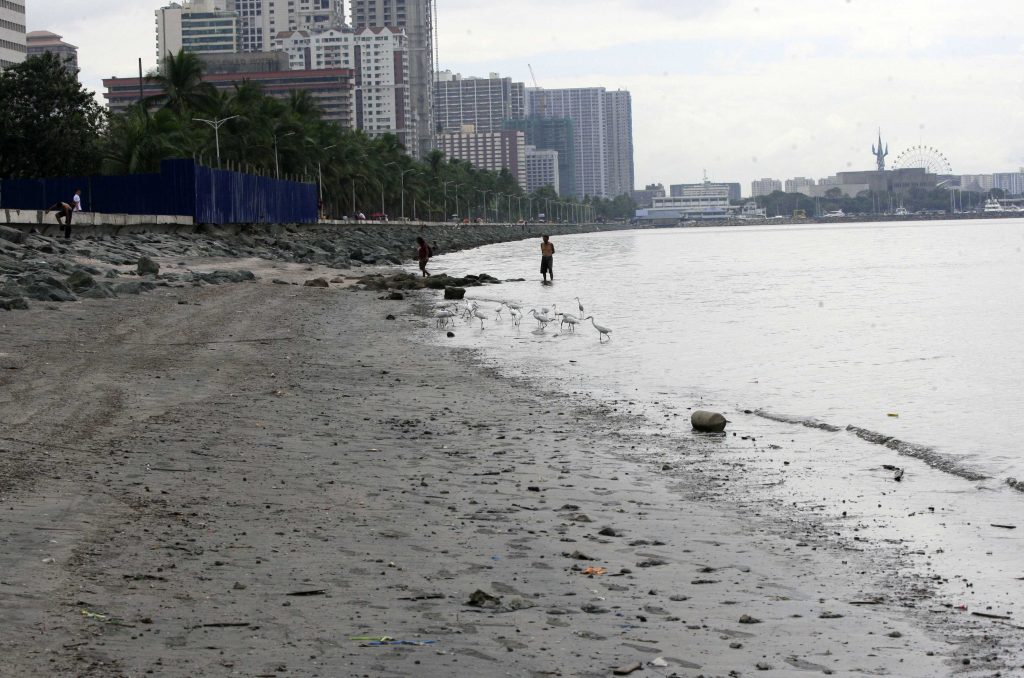
The rehabilitation was set in place last December 2018, after Boracay was closed for six months following environmental concerns aired by President Rodrigo Duterte.
Days before the launching of the Manila Bay clean-up, DENR has announced that establishments near the bay found violating the “Clean Air Water Act of 2004” will be facing penalties and closure orders.
Behind the rehabilitation
The plan for Manila Bay’s rehabilitation was initially ordered by the Supreme Court in 2008 after a group of people calling themselves “Concerned Residents of Manila Bay” filed a case against government agencies in 1999.
The case, originally filed before the Cavite Regional Trial Court, accused the agencies of continuous negligence in keeping the Manila Bay clean, well-maintained and pollution-free.
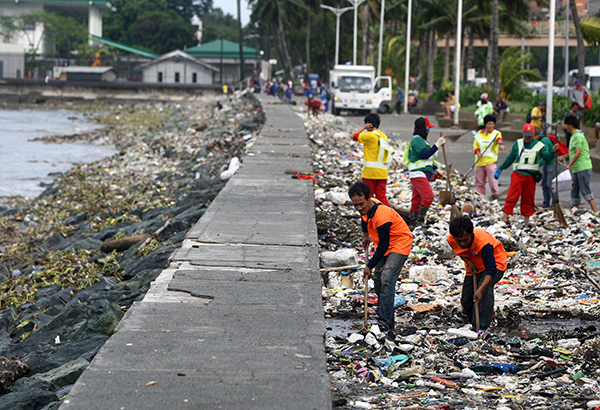
The court ruled in favor of the concerned residents and ordered the agencies in 2008 to restore the bay to “Class B level” where it would be fit for “swimming, skin-diving and other forms of contact recreation.”
The agencies were given 10 years to rehabilitate Manila Bay but the Supreme Court released a new order on February 15, 2011 that mandated the concerned parties to finish it by June 30, 2011.
However, years passed without any significant results but DENR and other agencies in 2014 revised a plan that was supposed to be implemented in 2008.
The new “Operational Plan for the Manila Bay Coastal Strategy” gave them up to 2017 to rehabilitate the bay.
By February 2018, no results were obtained but another version of the rehabilitation plan was proposed that extended the targeted year up to 2022.
Cimatu finally revealed on December 2018 that there are plans to actively restore Manila Bay’s pristine condition, although it stems from the current administration’s orders and not from the Supreme Court ruling in 2008.
Meanwhile, the Department of the Interior and Local Government has ordered local government units and barangays to conduct weekly clean-up drives in order to supplement the on-going rehabilitation.




